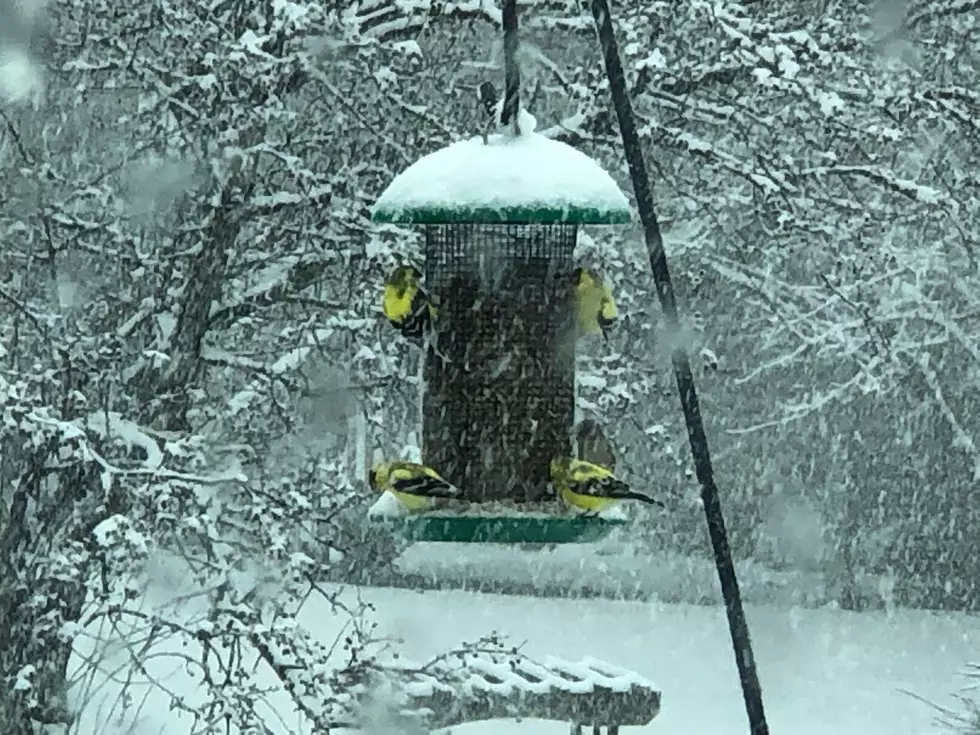
Hawaii Issues Blizzard Warning Before Iowa Does
As we enjoyed well-above normal high temperatures in the 50s to start December, the National Weather Service in Honolulu, Hawaii, has issued a Winter Storm Watch, a High Wind Warning, and a BLIZZARD WARNING on the Big Island.
From the National Weather Service in Honolulu...
BLIZZARD WARNING REMAINS IN EFFECT FROM 6 PM THIS EVENING TO
6 AM HST SUNDAY...
* WHAT...Blizzard conditions are expected. Total snow accumulations
of up to 12 inches or more. Winds gusting over 100 mph.
* WHERE...Big Island Summits.
* WHEN...From 6 PM this evening to 6 AM HST Sunday.
* IMPACTS...Travel could be very difficult to impossible.
Blowing snow will significantly reduce visibility at times, with periods of zero visibility.
* ADDITIONAL DETAILS...The strong winds will likely cause significant drifting of snow.
As strange as it sounds to have a ‘Blizzard in Hawaii,’ this marks the seventh time since 2007 a Blizzard Warning has been issued in Hawaii and the first time since 2018.
This is also the 37th Winter Storm Warning issued in Hawaii since 2006. By comparison, Iowa has had a total of 344 Warning Storm Warnings in that same time period.
As of December 3rd, it has been 301 days since the last Blizzard Warning in Waterloo and 1,103 days since the most recent Blizzard Warning in the Cedar Rapids area.
The snow will most likely be falling on the peaks of Mauna Kea and Mauna Loa. Mauna Kea is a dormant volcano that has a peak elevation of nearly 14,000 feet. Mauna Loa, one of the five volcanoes that formed the island of Hawaii has been erupting for over half a million years but hasn’t erupted since the mid-1980s.
LOOK: The most expensive weather and climate disasters in recent decades
10 Questions You Should Never Ask Somebody From Iowa
More From KROC-AM



![[WATCH] The Amazing Way Minnesota’s MSP Airport Removes Snow From Runways](http://townsquare.media/site/719/files/2022/02/attachment-MSP-Snow-Video-Conga-Line2.jpg?w=980&q=75)





